Not everyone, even an experienced summer resident, knows that spring is not only a time of awakening, but also a very difficult time for trees and shrubs, especially conifers. Very often, the first spring days are so sunny that perennials burn, turn yellow, and lose their presentable appearance. Today we will tell you how to distinguish burnt greens from naturally faded ones and how to properly revive trees and bushes in spring.
Read in the article
- 1 Why do plants burn
- 2 Cover or cover
- 3 What to do if burns do appear
- 4 How to protect deciduous trees from burns
Why do plants burn
In March-April, most plants begin their vegetative period, they wake up after hibernation, and at this stage it is very necessary to arrange a smooth transition - it is important to correctly and sparingly ensure the beginning photosynthesis. Most often, difficulties arise, as we have already said, with conifers. In the frost and bright sun, the tree woke up, but in the frozen ground it lacks moisture. As a result, in the spring, when most of us start to get out to the country, the needles of the trees are already yellow.
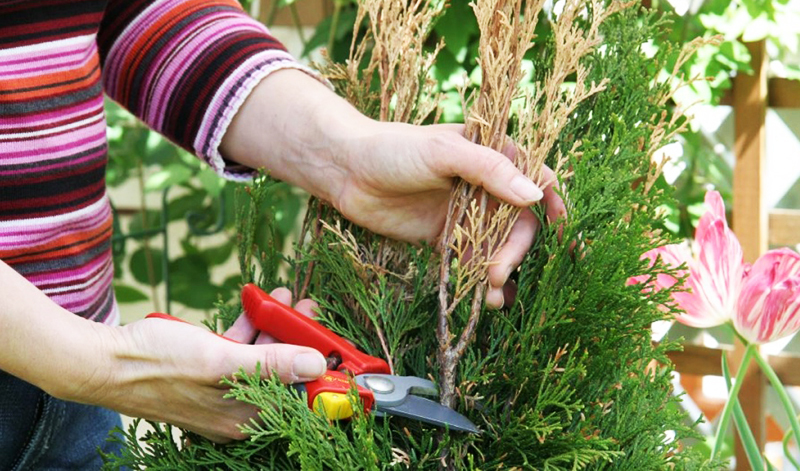
To avoid such consequences, conifers need to be shed with warm water during the first melting of snow. The root snowball will thaw faster, which means it will start feeding the tree earlier. But don't overdo it! If the tree is about 2-2.5 meters tall, a bucket of water is enough for watering.
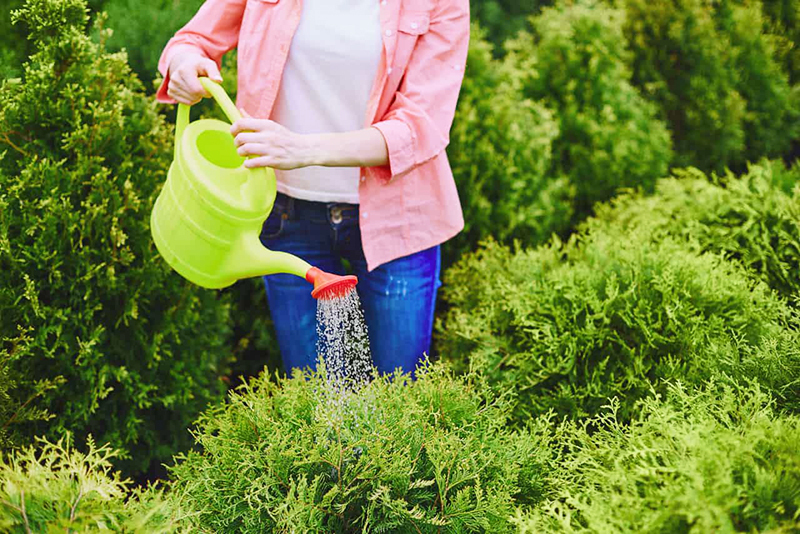
Cover or cover
There are types of conifers that should be shaded in time: these are thuja, berry yew and cypress. Facade mesh or special covering material can be used. Such protection, even during the first active sunny days, will not allow the plant to burn. For shelter, it is better to choose "breathable" materials such as burlap, mesh, cotton sheets, as well as traditional spruce branches or straw.
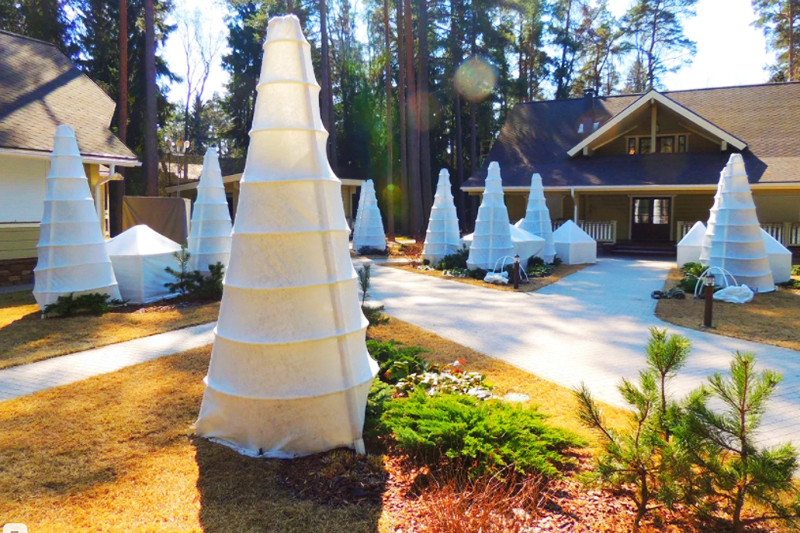
Most often, young plants need shading.
And if there are a lot of plants, and they are tall? In this case, shading will be a time consuming and very costly process. For example, the preparation "Purshat-O" on a wax basis. The drug has good covering ability and is fixed on the needles due to wax, protecting it from moisture loss. Such preparations reduce the temperature of the plant, which also prevents evaporation and helps to retain moisture inside the pet.
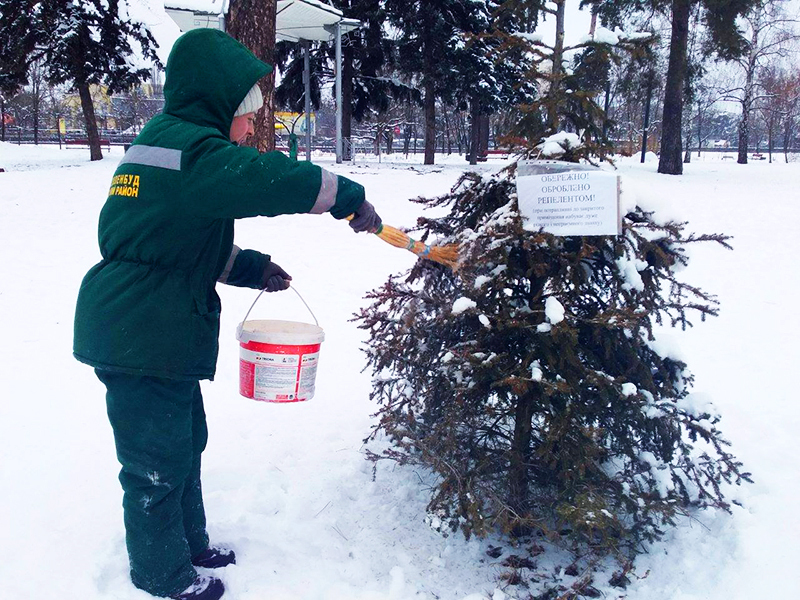
What to do if burns do appear
The process of plant resuscitation takes several stages. First of all, it is important to assess the degree of damage to the plant. If it makes up 60-70% of the crown, then the plant has already suffered so much that it cannot be saved.
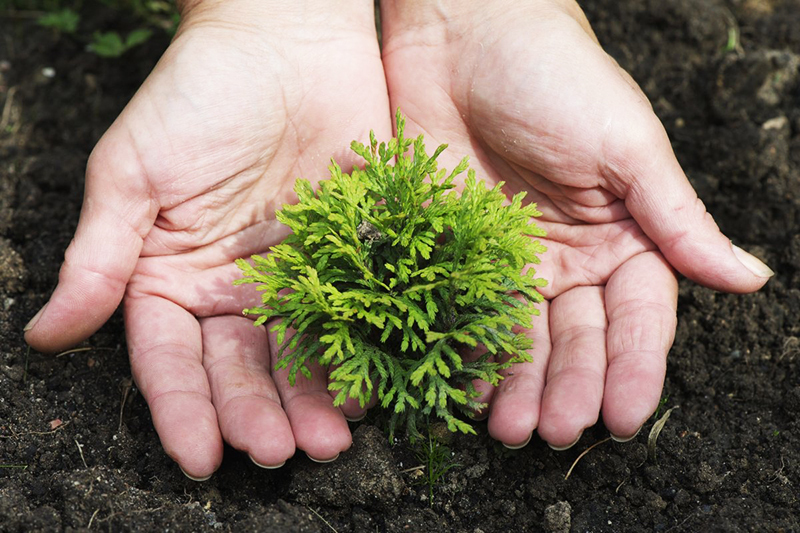
The next step is to clean up the burnt foliage. This must be done: in the fallen needles stuck at the trunk, fungus or pests can start (this is especially dangerous for thujas).
Do not remove dry branches, but needles. Give the plant time to come to life. If after a couple of months the branch does not sprout, then feel free to remove it.
Do not forget to spray the plant with growth stimulating and anti-stress drugs, alternating between Epin or Epin-extra and Zircon. Conifers need to be sprayed once every 7-10 days for two to three months, ideally until the needles are fully restored.
Do not forget that it is best to process the plant in calm and cloudy weather. Best of all in the morning or evening, otherwise the water droplets in the sun will act as lenses and the plant will get an additional burn.
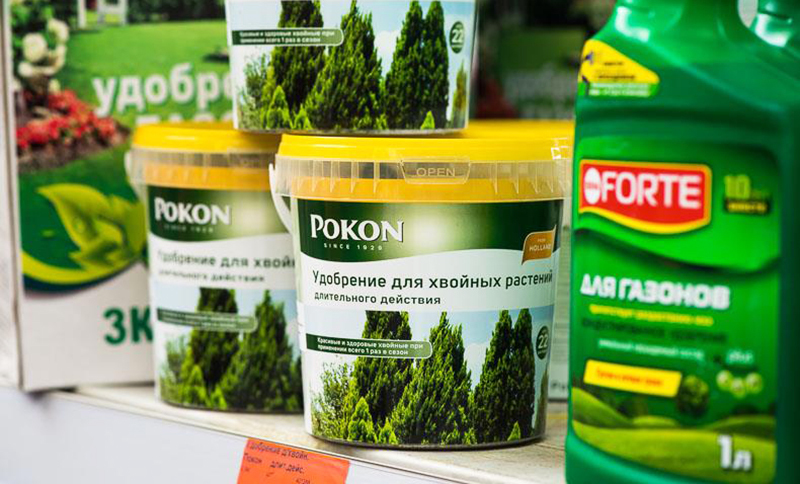
Twice a week, it is better to spill water with dissolved preparations of growth regulators and in complex with mineral fertilizers in turn, these include the well-known Ferovit preparations, "Quotes". At the beginning of May, you can start root dressing with granular fertilizers, for example, nitroammophos. Spread a small amount (according to the instructions) in the trunk circle and cover with humus or earth.
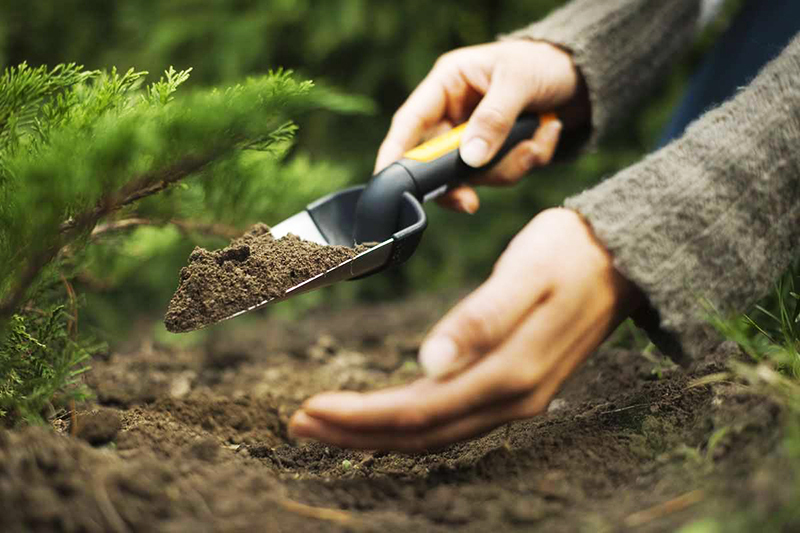
In conifers, there is a symbiosis with a certain type of fungi from the living forest. Natural microflora enters into a symbiotic relationship with the plant, helping to form the root system and get more nutrients from the ground.
How to protect deciduous trees from burns
If you notice that your fruit trees have received burns (pears are most susceptible to such burns), then the traditional method of protection can be whitewashing the trunks or covering them with a cloth.
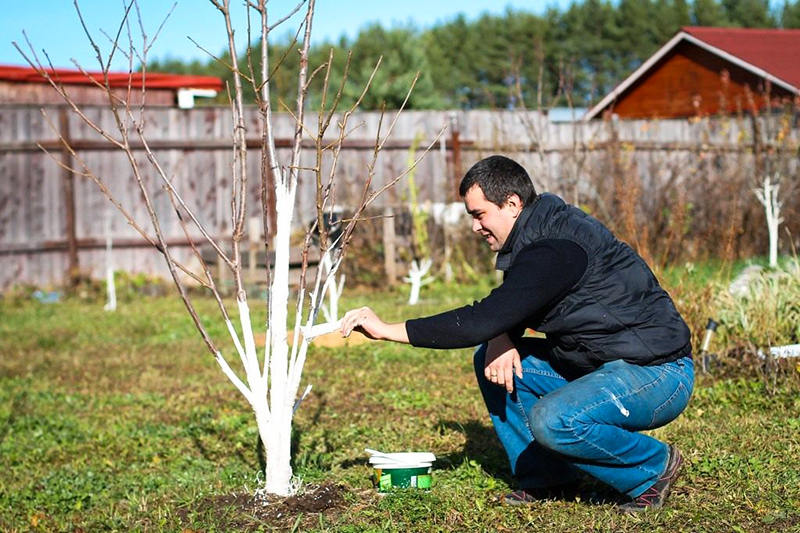
Very often, burns can be seen on young seedlings or transplanted plants that were previously planted in infertile soils. Wounds can also appear on trees whose trunk is tied with wire, twine, or other materials that cause banding. Be attentive and careful when caring for plants!
Meter readings are taken from the ceiling after stupid innovations. Times like this ...
And crooks read your articles too.
great done! In general, I often criticize them, but this project is just great! BRAVO ...
Faith! I totally agree with you. I hate it when they start to discuss nasty things ...
Thanks for the great article. Honestly, we opened our eyes to many things. The design is difficult to match ...
I have been using a sink glued into the countertop for 10 years. All made of artificial stone. Washing ...
cold.theatrical.not comfortable.
This is not an apartment to live in. It was just necessary to restore, and not to climb from St.
Designers have absolutely no sense of color. Crazy coloring. To live in such ...
I have only one question regarding the renovation - where did they put the antique chest of drawers and ...
I have only one question regarding the renovation - where did they put the antique chest of drawers and ...
Hope, you are one hundred percent right! Thank you very much for standing up for Natal ...
Post-war houses are not called old. Nothing is said about the reaction of the actress ...
Great solution, Probably need to get used to the new interior, because he decided ...
It turned out to be a museum. I don't want to live like this, I understand Kornienko.
And it seems to me that her restrained reaction is just a manifestation of her personality, she, really ...



